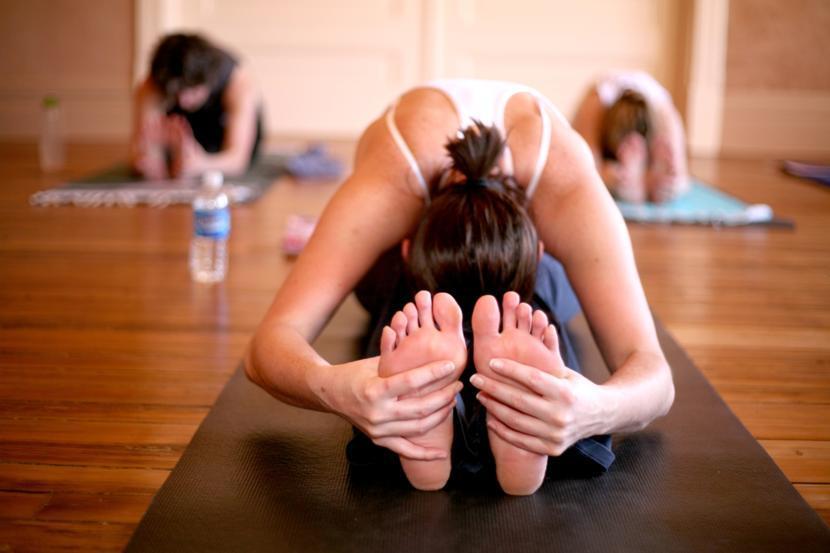5 Tips on Living with Restless Legs Syndrome
Restless Legs Syndrome

Restless legs syndrome is a neurological disorder, which affects millions of people each year. If you are suffering from restless legs syndrome, you will experience severe or mild pains as well as uncomfortable sensations in your legs when you are lying down or sitting. You will experience involuntary leg movements or frequent leg twitching even if your body wants to rest.
Suffering from this condition will make you experience difficulties when it comes to sleep since this happens during the night. Consequently, the quality of your life will decrease. However, your doctor can advise you about certain lifestyle changes to help you cope with this condition. They include:
1. Lifestyle Changes
Embracing the following lifestyle changes into your life can help you alleviate the symptoms of restless legs syndrome:
• Diet: Eating a healthy diet can help promote a good sleep. Cut down on the amount of alcohol and caffeine you take. In fact, avoid them before going to bed. You should also avoid foods that can keep you awake throughout the night.
• Smoking: Don’t smoke. Smoking is known to make your body feel jittery. This can negatively affect the quality of your sleep.
2. Medications
If you are taking certain medications that make it hard for you to sleep properly, consult your doctor so that he/she may review them. Such medications don’t promote muscle relaxation and can lead to insomnia.
3. Reduce Pain
The symptoms of restless legs syndrome can be mild, severe, irritating, or very painful. Therefore, it is advisable that you try alternating hot, warm, and cold compresses on your muscles to alleviate the pain. You can also opt for a hot bath or massage to relax your muscles.
4. Exercise
Exercising is one of the most effective remedies you can do to alleviate the symptoms of restless legs syndrome. Therefore, it is advisable to exercise daily for 30-60 minutes to reduce fatigue, alleviate symptoms, and get better sleep.
However, start slow. Make them light at first, and then make them more intense as you get used to it. Walk, jog, or go for yoga exercises. These activities will help you get better sleep.
5. Sleep Hygiene
Restless legs syndrome can deny you a good sleep. Therefore, it is important to ensure that your sleeping environment is free from things that can disturb you. Remove items such as radios, TVs, and phones to help you sleep well. In addition, you should stick to your daily routine. Your sleeping and waking up time should be the same every day.
6. Reduce Stress
Stress can trigger the symptoms of restless legs syndrome. Therefore, you should try seeking treatments that can help you reduce stress. For instance, you can embrace relaxation techniques like meditation, yoga, and tai chi.
Other tips
Never hide your symptoms. Instead, talk to your doctor, friends, or family members. This will enable them to know what to expect from you. You can also practice yoga and other stretching techniques, preferably before you go to bed. Moreover, design your schedule in such as way that you sleep when the RLS symptoms are least severe. This is particularly important when it comes to getting enough sleep. You can also schedule your travel hours when your symptoms are least severe.








